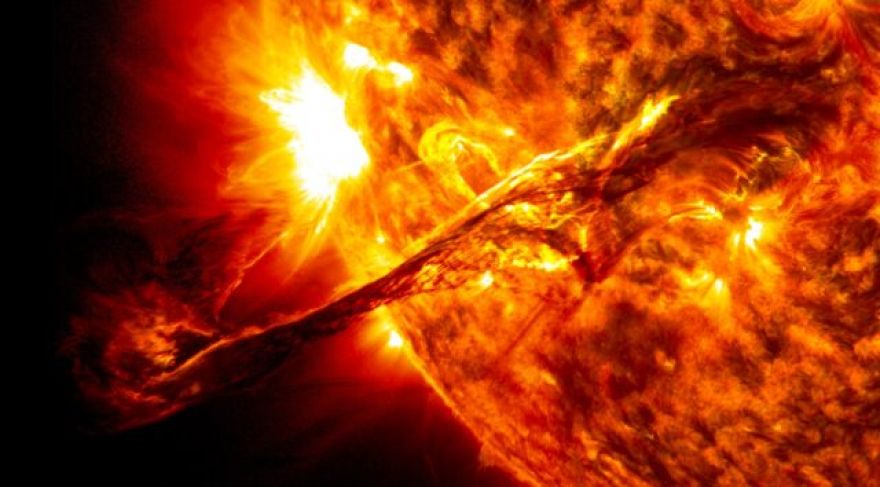
On the Shoulders of Giants: China Launches Its Own Solar Observatory
ASO-S also goes by Kuafu-1, after a giant in Chinese mythology who chased the Sun, wishing to catch and tame it. The satellite will observe from a sun-synchronous orbit 720 km above Earth’s surface.
As part of its 11-year solar cycle, the Sun produces phenomena like sunspots, solar flares, and coronal mass ejections (CMEs).
The mission will last for at least four years, said Weiqun Gan, an astrophysicist at the Purple Mountain Observatory of the Chinese Academy of Sciences (CAS) in Nanjing, and the mission’s chief scientist. That means it’ll be operational during the 2024–25 peak of our current solar cycle.
ASO-S to Study Solar Weather, Physics
While China has fielded single-instrument solar probes before, Kuafu-1 outstrips them all with its suite of three instruments. The orbiter is carrying “the Full-Disc Vector Magnetograph (FMG), the Hard X-Ray Imager (HXI) and the Lyman-Alpha Solar Telescope (LST),” .
Artist’s conception of the ASO-S “Kuafu-1” solar observatory. Image: CAS
With these instruments, the orbiter can study the sun’s middle corona, a region where solar storms originate. No other solar observatory, on the ground or in orbit, has yet studied this region in the ultraviolet band. But the ASO-S orbiter can also work alongside other orbiting solar observatories, like NASA’s Parker Solar Probe, or the European Space Agency’s Solar Orbiter.
While operational, ASO-S will produce some five hundred gigabytes of data every day of its four-year operating lifetime. We can’t wait to see what scientists make of it, once they can hand that data to their supercomputer or AI of choice. “In these peak years we can observe a lot of eruptions,” said Gan. What we learn could help us refine our models of relativity and quantum physics.
It will take four to six months for the ASO-S team to get the probe up and running. Afterward, much like the JWST, it’ll be open to the public.